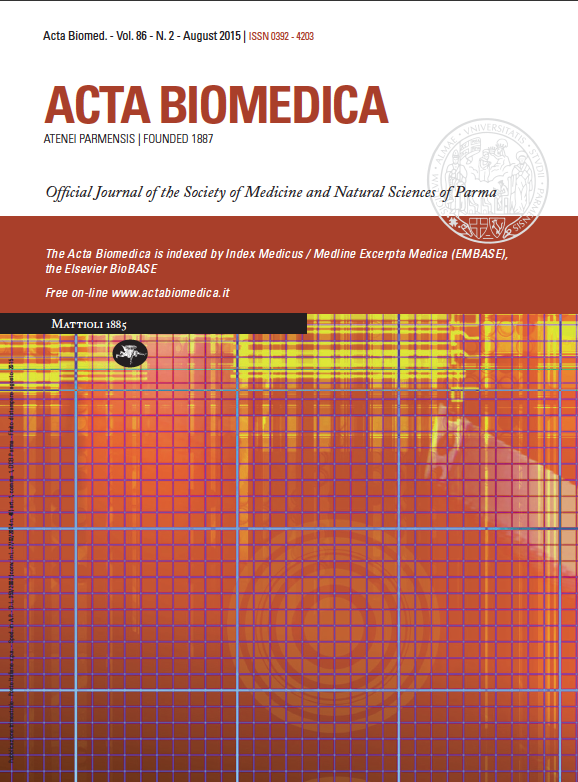Chronic pain treatment and scrambler therapy: a multicenter retrospective analysis
Keywords:
Scrambler therapy, chronic pain, post herpetic neuralgia, low back pain, polyneuropathy, peripheral neuropathy, persistent painAbstract
Background and aim: Scrambler Therapy is a novel neuromodulation that works by electrocutaneous stimulation in a non-invasive manner through C fibers surface receptors. It substitutes pain information with synthetic “non pain” information. The primary aim of this study was to analyze the efficacy and safety of Scrambler Therapy after ten sessions related to different usage conditions and different learning curves that occur in a multi-center study. Methods: 201 patients have been treated with Scrambler Therapy. All the patients were suffering from chronic pain with a mean pain NRS of 7.41 (SD 2.06) before treatment. Main causes of chronic pain: post herpetic neuralgia 18.40 %, chronic low back pain (LBP) 37.31%, polyneuropathy 10.94%, and peripheral neuropathy 14.42 %. The remaining 18.93 % included chronic pain due to other causes. Results: The difference between pre-treatment NRS 7.41 (SD 2.06) and post-treatment 1.60 (SD 2.22) was statistically significant (P< 0.0001). The mean number of sessions per patient was 10, but 39 had complete absence of pain sooner and used fewer sessions. Only 7 patients stopped treatment due to lack of results, and 2 for personal reasons not ascribable to the treatment. Stimulation pain score of 0 during treatment, and not just pain reduction, predicts long term effectiveness, so this must be pursued by optimizing electrode positioning and correct fine-tuning of stimulation intensity. Conclusion: Scrambler Therapy is an efficient and safe alternative for several different types of refractory chronic neuropathic pain, with a very rare possibility of adverse events.Downloads
Published
Issue
Section
License
This is an Open Access article distributed under the terms of the Creative Commons Attribution License (https://creativecommons.org/licenses/by-nc/4.0) which permits unrestricted use, distribution, and reproduction in any medium, provided the original work is properly cited.
Transfer of Copyright and Permission to Reproduce Parts of Published Papers.
Authors retain the copyright for their published work. No formal permission will be required to reproduce parts (tables or illustrations) of published papers, provided the source is quoted appropriately and reproduction has no commercial intent. Reproductions with commercial intent will require written permission and payment of royalties.



